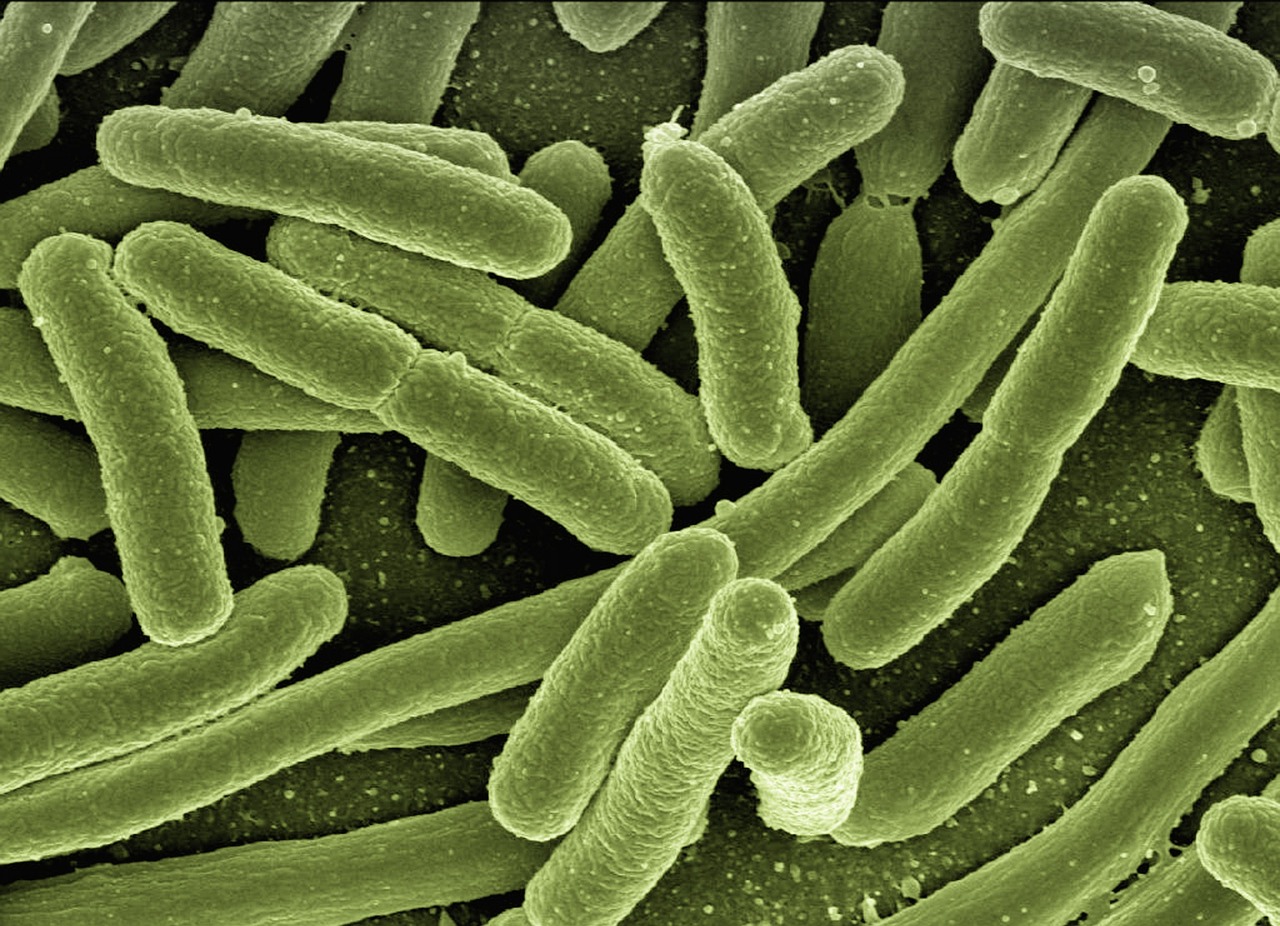Are you aware of the hidden dangers lurking within your sleeping quarters?
Bed bugs, those tiny nocturnal creatures that feast on blood, may seem like a mere nuisance, but their impact extends far beyond itchy bites and sleepless nights. In fact, these ruthless pests have been found to play a significant role in the spread of pathogens.
To fully comprehend the implications, it is essential to understand the life cycle of these insidious insects. From their egg stage to adulthood, bed bugs possess the ability to harbor a variety of pathogens, including bacteria, viruses, and parasites. This puts them at the forefront of disease transmission, making them a potential vector for various health hazards.
But how exactly do bed bugs transmit these pathogens? Through their bites, of course. As they feed on our blood, they inadvertently inject any pathogens they carry into our bloodstream, leading to potential infections and diseases. Moreover, their small size and stealthy nature enable them to travel from one infested area to another, unknowingly spreading these pathogens far and wide.
The health risks associated with bed bug infestations cannot be understated. From skin infections and allergic reactions to more severe complications such as asthma and anemia, the consequences can be debilitating. It is crucial, therefore, to adopt effective prevention and control measures.
By maintaining cleanliness, regularly inspecting and treating bedding and furniture, and seeking professional assistance when necessary, you can minimize the risk of bed bug infestations and the subsequent spread of pathogens.
In conclusion, the role of bed bugs in the spread of pathogens is an alarming reality. Their ability to carry and transmit various disease-causing agents underscores the importance of awareness, prevention, and control measures. By taking necessary precautions, you can safeguard your health and create a safe haven free from these tiny but formidable adversaries.
Understanding the Life Cycle of Bed Bugs
You need to understand the life cycle of bed bugs in order to effectively control their population and prevent the spread of pathogens.
Bed bugs undergo a process called metamorphosis, which consists of three main stages: egg, nymph, and adult.
The eggs are tiny, about the size of a pinhead, and are laid in cracks and crevices near their feeding source.
After about one to two weeks, the eggs hatch into nymphs. Nymphs resemble smaller versions of adult bed bugs and go through five molts before reaching adulthood.
They require a blood meal at each stage to molt and grow.
The entire life cycle, from egg to adult, can take anywhere from four to five weeks, depending on environmental conditions.
Understanding this life cycle is crucial for implementing effective control measures and preventing the spread of pathogens carried by bed bugs.
Common Pathogens Carried by Bed Bugs
Imagine the unsettling reality that these tiny creatures can carry a variety of harmful pathogens, posing a significant threat to human health.
Bed bugs, despite their small size, have been found to harbor numerous disease-causing microorganisms. One such pathogen is the bacterium, Methicillin-resistant Staphylococcus aureus (MRSA), which can cause severe skin infections and even life-threatening complications.
Bed bugs have also been found to carry the Hepatitis B virus, a highly infectious agent that affects the liver and can lead to chronic illness.
In addition, these pests can transmit Trypanosoma cruzi, the parasite responsible for Chagas disease, a potentially fatal condition affecting the heart and other organs.
Furthermore, bed bugs can carry the bacterium Bartonella quintana, which causes trench fever, a debilitating illness characterized by recurring fever and body aches.
These findings highlight the importance of understanding the role of bed bugs in the spread of pathogens and the need for effective control measures to mitigate the risk to human health.
Transmission of Pathogens by Bed Bugs
Despite their small size, bed bugs can transmit harmful pathogens, posing a significant threat to human health. These blood-sucking parasites are known to transmit a variety of pathogens, including bacteria, viruses, and parasites.
One common pathogen carried by bed bugs is the bacterium called Staphylococcus aureus, which can cause skin infections, pneumonia, and even sepsis.
Another pathogen is Hepatitis B virus, which can lead to liver damage and even liver cancer.
Bed bugs can also transmit Trypanosoma cruzi, a parasite that causes Chagas disease, a potentially life-threatening illness.
Transmission of these pathogens occurs when an infected bed bug feeds on a human host and then defecates near the bite site. Scratching the itchy bite can introduce the pathogens into the open wound, facilitating infection.
Therefore, it’s crucial to prevent bed bug infestations and promptly eliminate them to reduce the risk of pathogen transmission.
Health Risks and Complications Associated with Bed Bug Infestations
Bed bug infestations can lead to serious health risks and complications, causing significant distress and potential harm to those affected. These blood-sucking insects are not known to transmit diseases directly, but their bites can result in allergic reactions, skin infections, and psychological distress.
The bites themselves can cause intense itching and discomfort, often leading to scratching and subsequent skin infections. In rare cases, individuals may develop severe allergic reactions, known as anaphylaxis, which can be life-threatening.

Moreover, the psychological impact of bed bug infestations should not be overlooked. The presence of these pests can lead to anxiety, sleep disturbances, and even the development of mental health conditions such as anxiety disorders and depression.
Therefore, it is crucial to address bed bug infestations promptly to mitigate the potential health risks and complications associated with them.
Effective Prevention and Control Measures for Bed Bugs
To effectively prevent and control bed bug infestations, it’s important to implement comprehensive measures. These measures include regular cleaning, sealing cracks and crevices, and using protective mattress covers.
Regular cleaning is essential to remove any potential hiding places for bed bugs, such as clutter and debris. It’s recommended to vacuum regularly, paying special attention to areas where bed bugs are likely to hide, such as mattresses, furniture, and baseboards.
Sealing cracks and crevices in walls and furniture can prevent bed bugs from entering or escaping from infested areas.
Using protective mattress covers that are specifically designed to encase the entire mattress and box spring can further prevent bed bugs from infesting these areas.
Additionally, it’s crucial to regularly inspect and treat any infested areas promptly to prevent further spread of bed bugs.
Frequently Asked Questions
How long does it typically take for a bed bug infestation to develop?
It typically takes a bed bug infestation a few weeks to develop. The process involves the female bed bugs laying eggs, which then hatch in about 6-10 days, and the newly hatched nymphs feed and grow to maturity in around 5-7 weeks.
Can bed bugs transmit diseases to pets or other animals?
Bed bugs can transmit diseases to pets and other animals. They can carry pathogens like bacteria and viruses on their bodies, which can then be transferred to their hosts through bites. It is important to take measures to prevent infestations and protect your pets.
Are there any home remedies that can effectively eliminate bed bug infestations?
There are no scientifically proven home remedies that can effectively eliminate bed bug infestations. It is recommended to seek professional pest control services to ensure the complete eradication of bed bugs from your home.
What are the psychological effects of living with a bed bug infestation?
Living with a bed bug infestation can have significant psychological effects. The constant fear and anxiety can lead to sleep deprivation, stress, depression, and even post-traumatic stress disorder. Effective treatment is crucial for restoring mental well-being.
Can bed bugs survive in extreme temperatures such as freezing or high heat?
Bed bugs can survive in extreme temperatures. They can withstand freezing temperatures for short periods but are more tolerant of high heat. Heat treatment is an effective method to eliminate infestations.
Conclusion
In conclusion, it’s clear that bed bugs play a significant role in the spread of pathogens. Their life cycle, which includes feeding on human blood, allows them to acquire and carry various disease-causing microorganisms.
Furthermore, the transmission of these pathogens occurs through direct contact with bed bug bites or through contaminated surfaces. Bed bug infestations can lead to a range of health risks and complications, highlighting the importance of effective prevention and control measures.
By understanding the biology and behavior of bed bugs, we can develop targeted strategies to mitigate their impact on public health.










